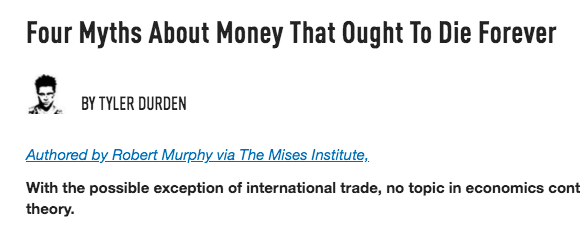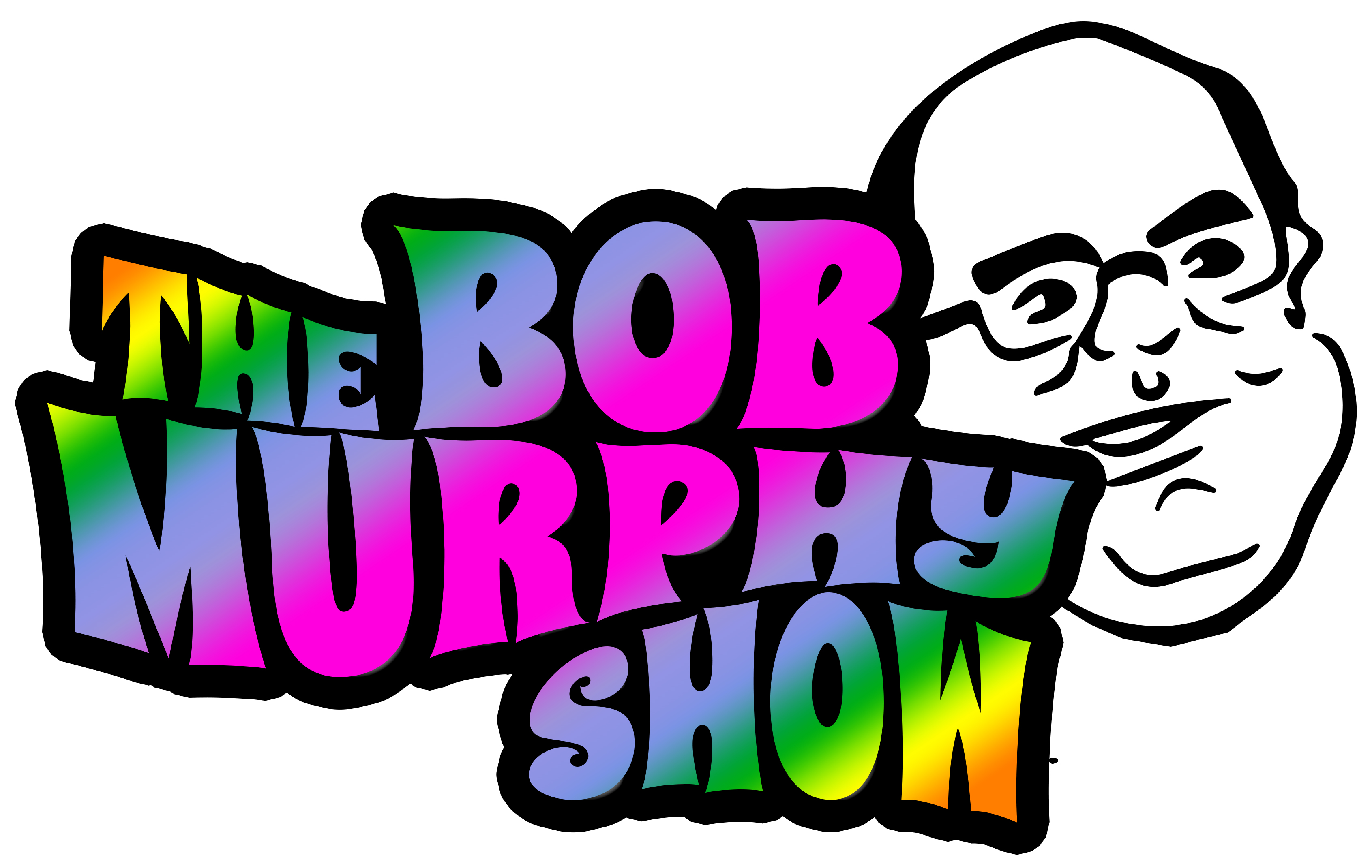Ep. 211 Bob Murphy Explodes Popular Myths About Money

This is a replay of an interview Bob did on Silver Bullion TV. It occurred on July 23 and aired on July 30.
Mentioned in the Episode and Other Links of Interest:
- The original SBTV interview.
- Bob’s article on ZeroHedge.
- Bob’s Mises U lecture on money mechanics.
- Help support the Bob Murphy Show.
The audio production for this episode was provided by Podsworth Media.

You didn’t really “explode” the myth of money as a claim check. Yes, I can trade a sandwich for another sandwich, but the difference is that if I could arbitrarily increase the number of sandwiches in the world with a magical sandwich printer and distribute them equally throughout the economy, it would in fact increase overall wealth. Whereas if we did the same with money, say by increase everyone’s savings account by some multiple, nothing changes other than prices. Because the value of money is determined by the goods and services in production, it has no intrinsic value other than its function as a medium of exchange. Thus it’s effectively a claim, no? what am I missing?
You haven’t established that it’s a claim. It seems like you’re thinking about it using MV=PQ. Okay, even in that framework, the purchasing power of money can fall even if M and Q stay the same. E.g. if velocity of turnover doubles, then prices double. It’s hard to explain that by thinking of money as a claim on the overall output, when prices can double even though both the number of claim tickets and the total amount of output are the same.
This is a weird dynamic system thing. One action (doubling the money supply) can lead to a result (doubling of prices) without directly causing it/being linked to it.
A similar thing happens with motorcycling. When you push on the handlebars, that doesn’t actually turn the motorcycle. What happens is that you rotate the front tire, and the motorcycle “falls” a little bit in that direction to make up for it and ends up in a new equilibrium. You push more, it falls more. But it’s not that pushing on the handlebars is directly turning the motorcycle. (In fact, you have to push in the opposite direction you want to travel in – this is called counter-steering.)
Is there a name for this type of indirect dynamic system effect, or the resulting confusion?